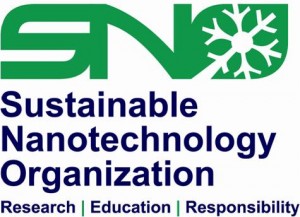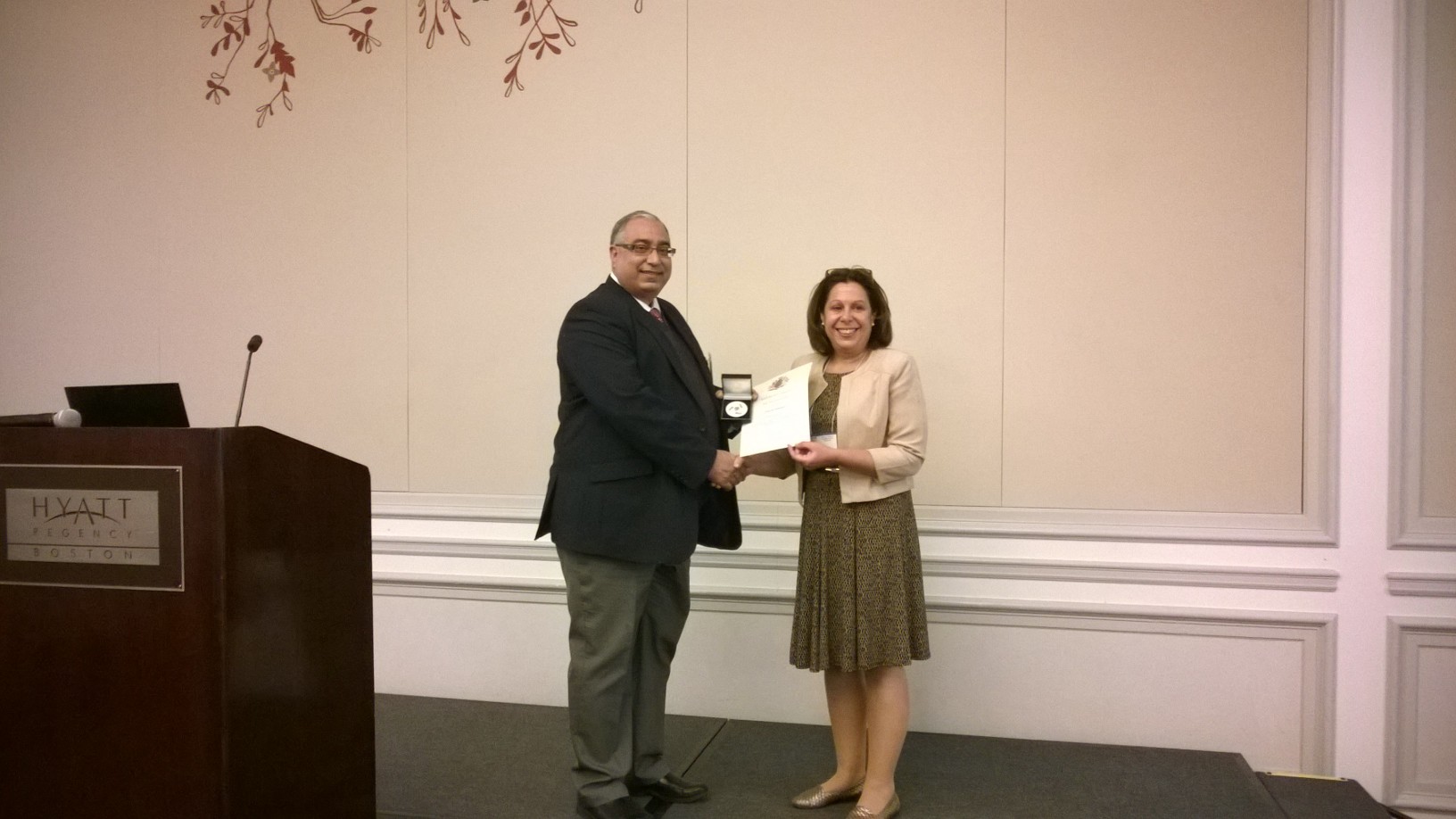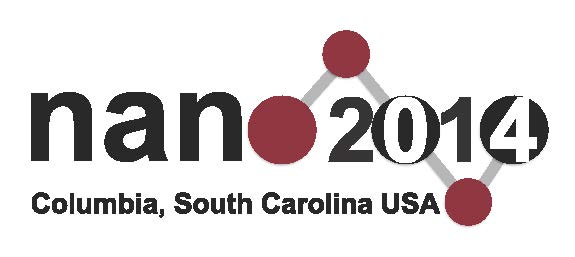The SNO Emerging Investigator designation gives recognition to emerging scientists and engineers working in the area of sustainable nanotechnology. In recognition of this designation, a certificate and a US$1500 prize will be presented at the 2015 SNO Conference.
Criteria and eligibility include:
- Investigators who are within the first 10 years post Ph.D.
- An impactful body of independent work and publications in the area of sustainable nanotechnology: environmental, societal, or economic.
- Attendance at the 2015 SNO Conference in Portland, Oregon November 8th – 10th 2015 and a high quality paper submission to Environmental Science: Nano within one year after receiving the award.
The nomination consists of a single (1-page max) nomination letter, a second (1-page max) support letter and a 2-page CV (self-nominations are not accepted). The nomination letter should describe how the nominee’s research impacts the field of sustainable nanotechnology.
The support letter should focus on the nominee’s teaching, service and leadership in the field of sustainable nanotechnology. Both the nomination and support letters can be made by SNO members and Environmental Science: Nano Editorial and Advisory Board members. Nominations are not restricted to the US or UK.
Letters and CVs are due to Environmental Science: Nano Editor-in-Chief Vicki H. Grassian (vicki-grassian@uiowa.edu) by September 15, 2015.
The selected Emerging Investigator will be honored at the SNO Awards dinner on Sunday November 8, 2015.




















